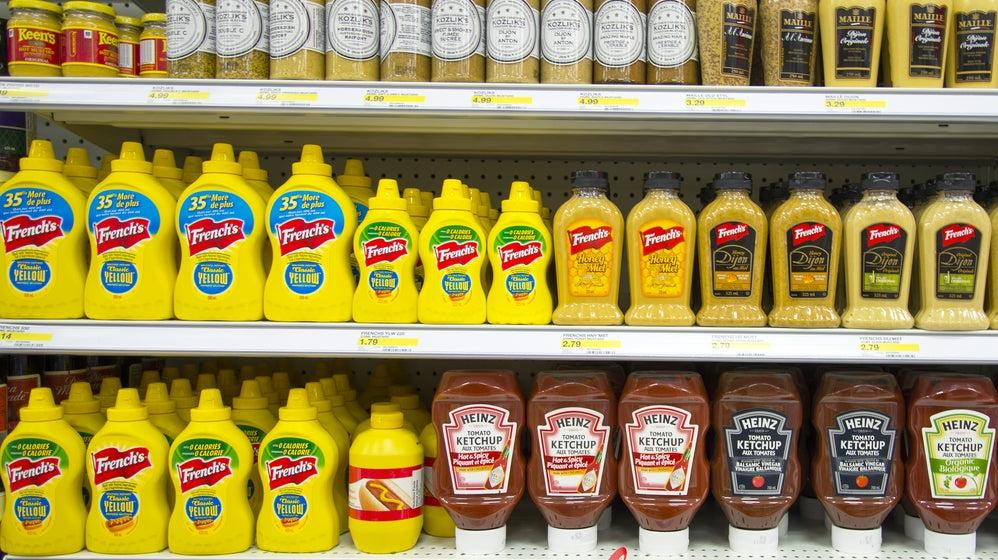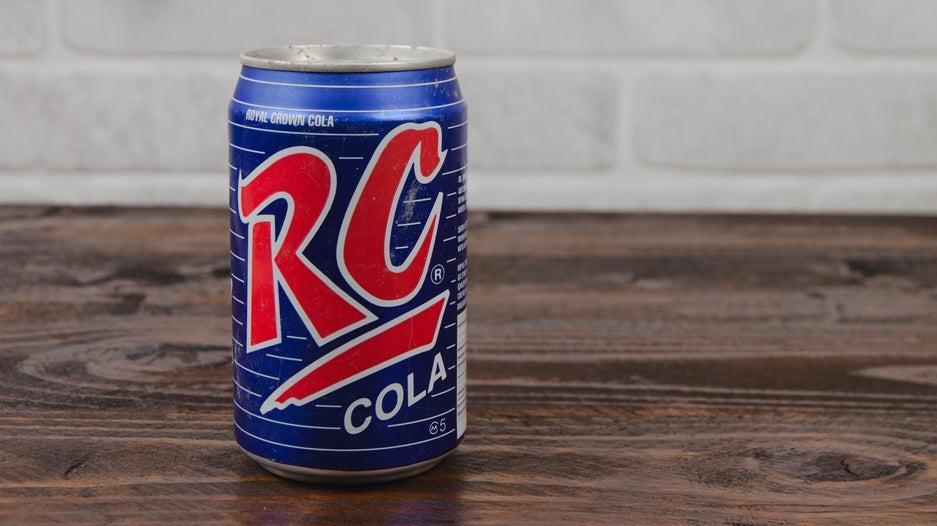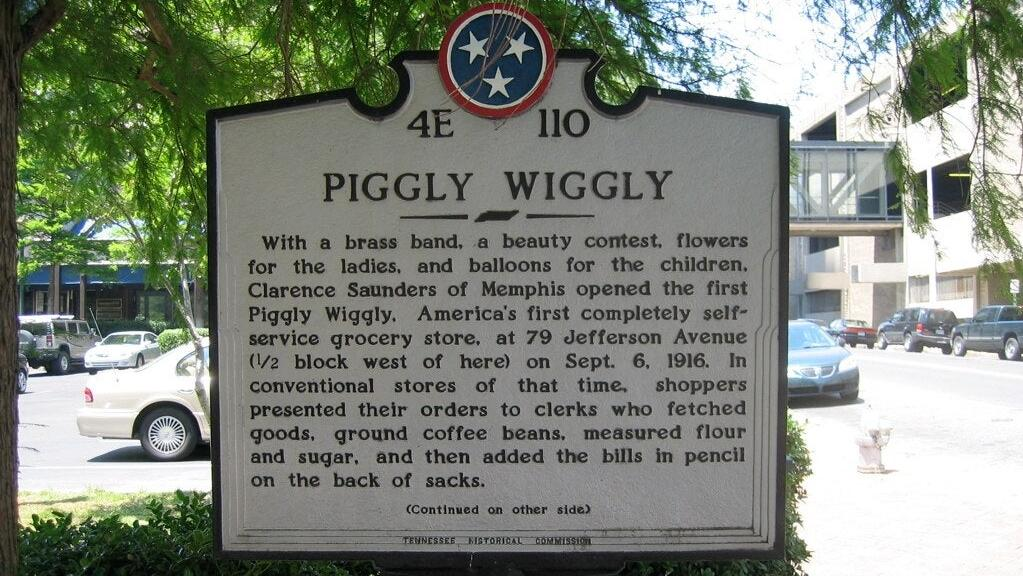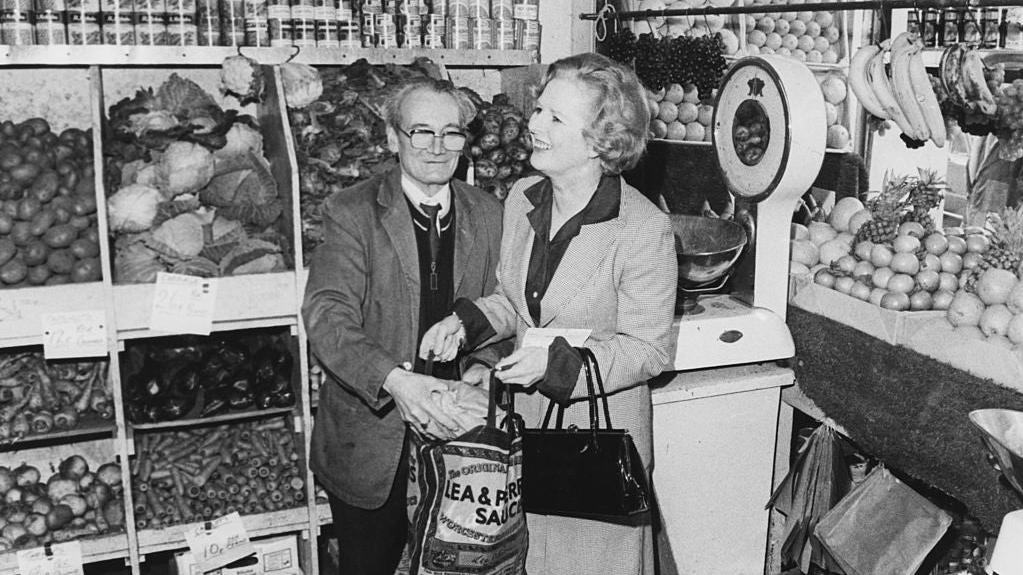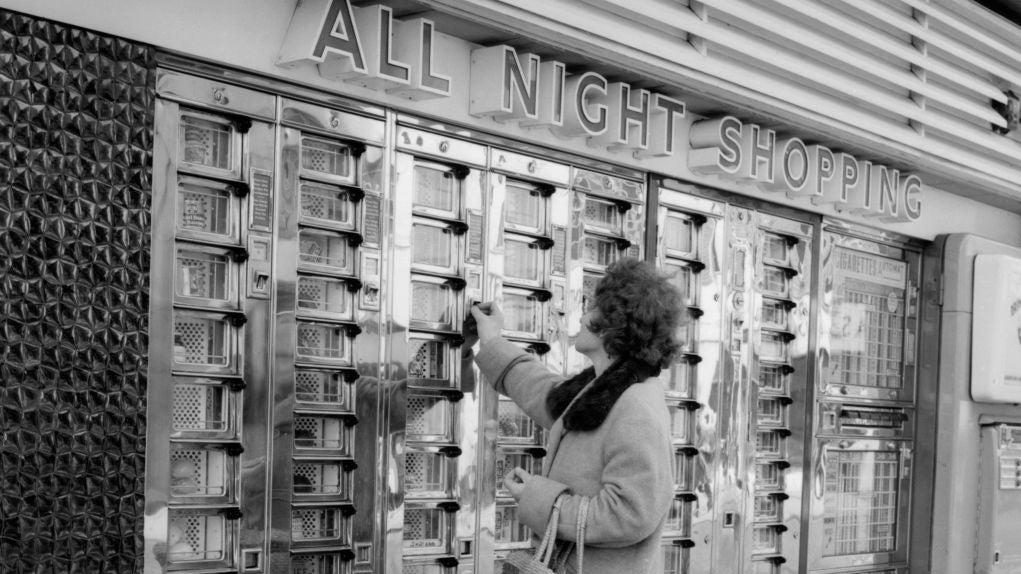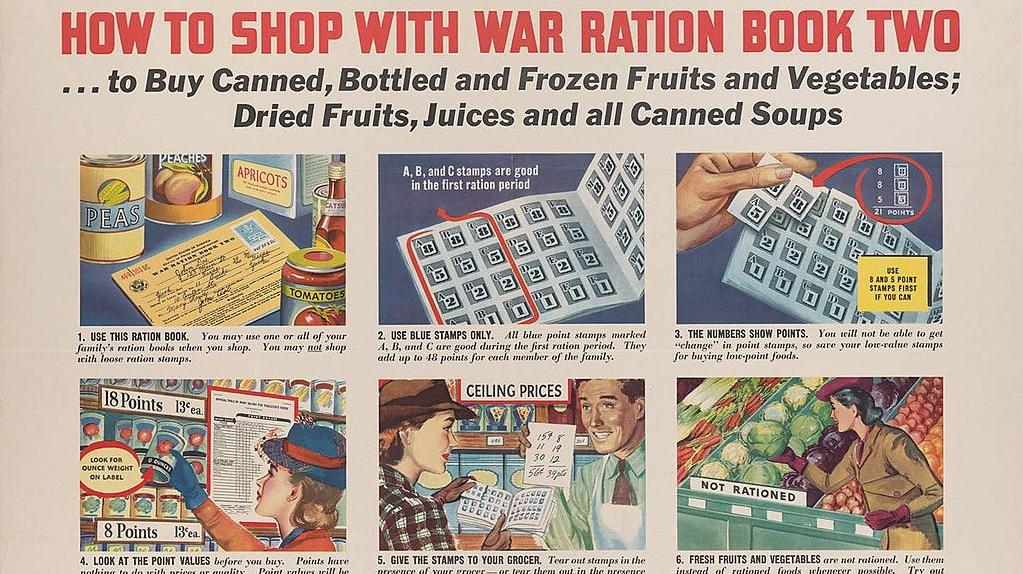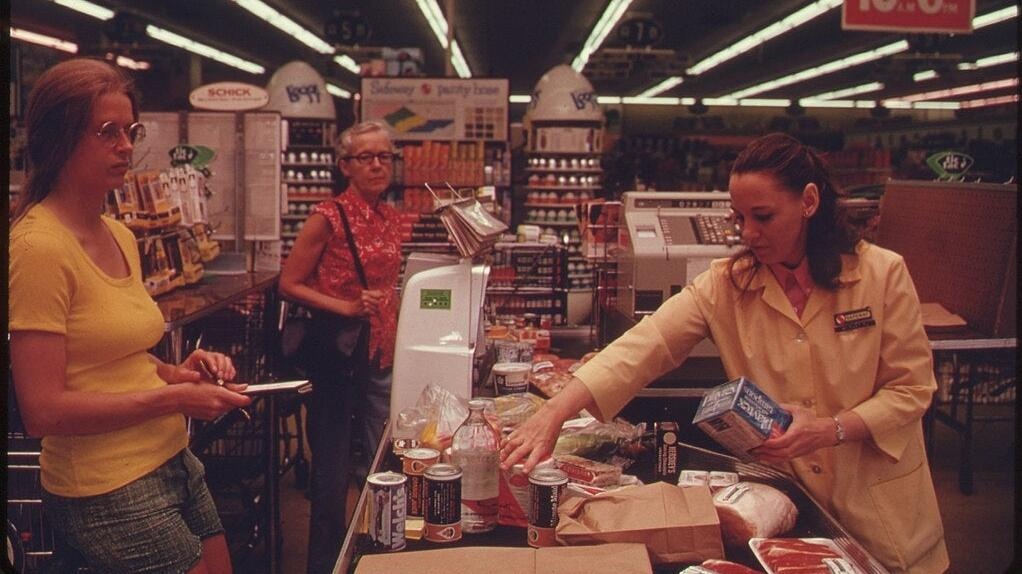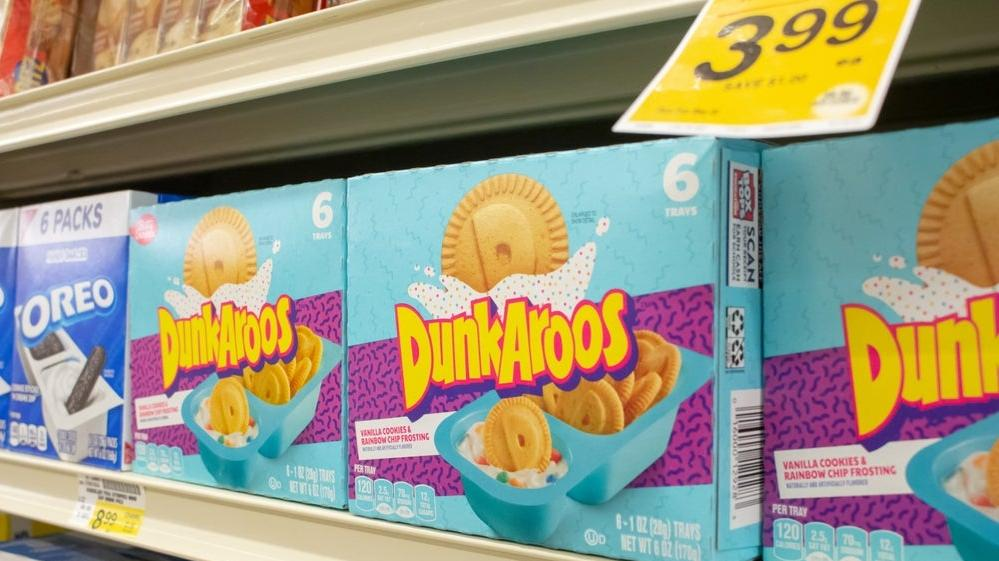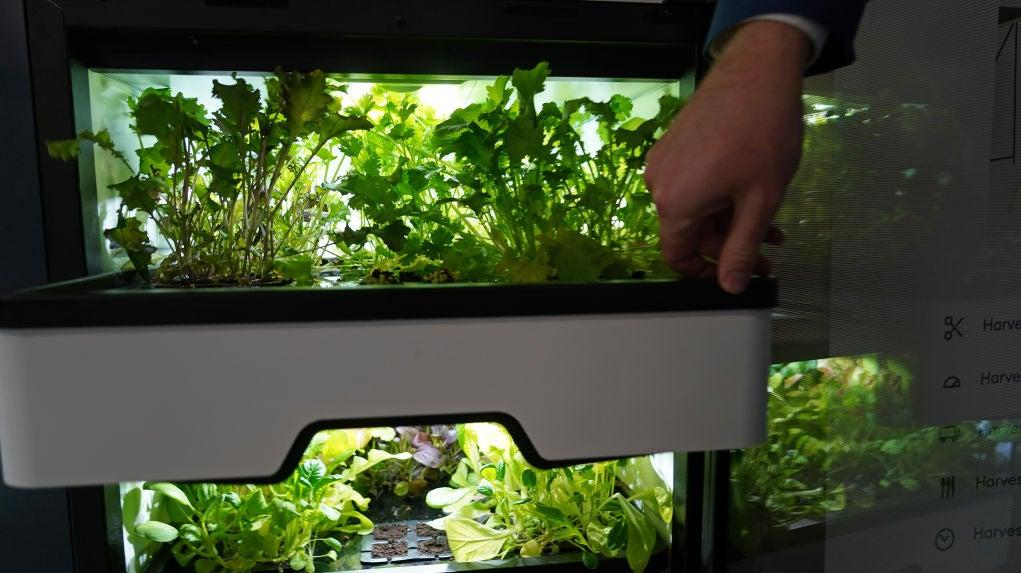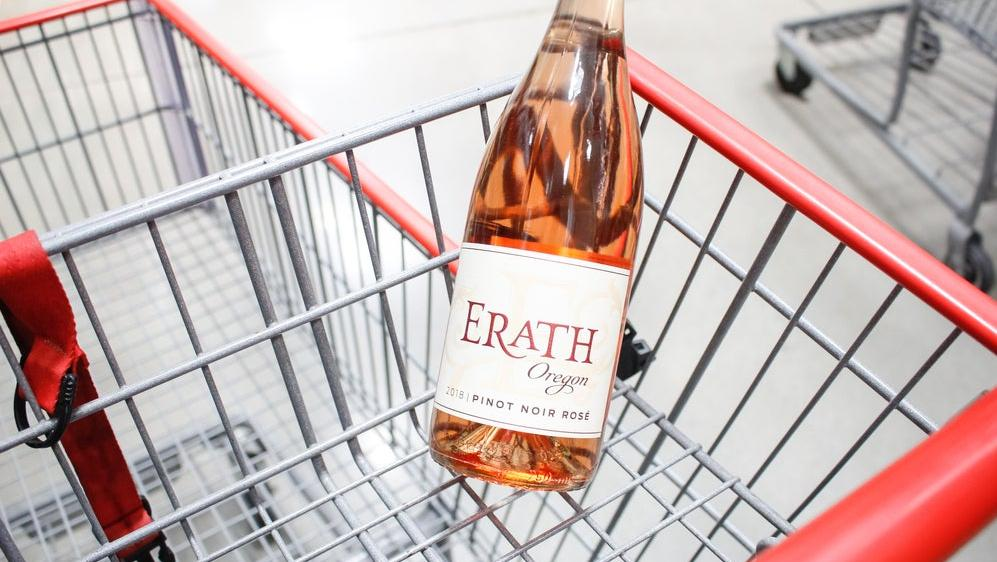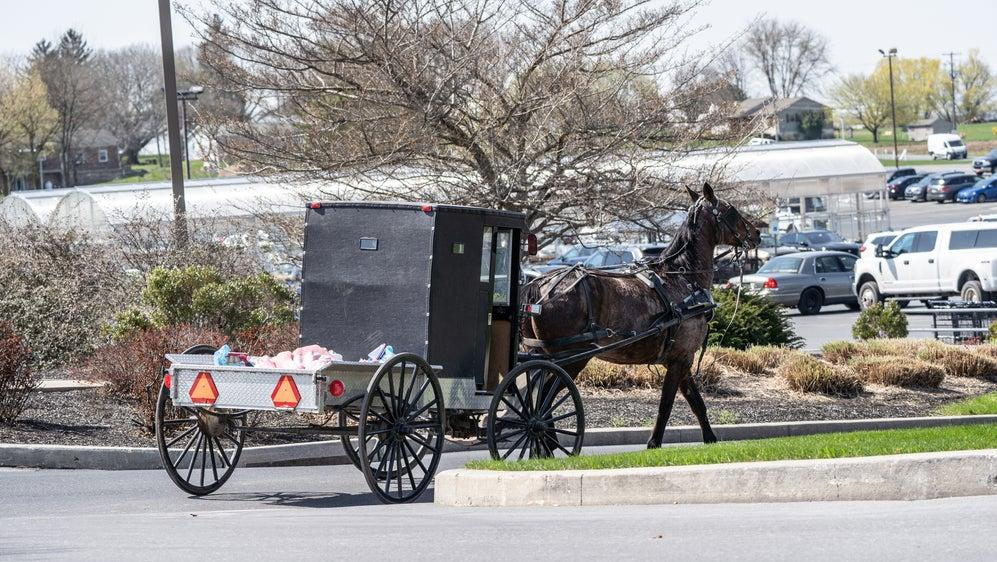10 Facts You Never Knew About Grocery Stores
Prepare to be surprised and informed, in 10 items or less.
For most people, grocery stores are just big rooms in which you collect food and get annoyed by little kids. But look past the shelf facings and you'll soon find they are much more than that. Grocery stores are the site of many great innovations; so much history has transpired and so many fascinating facts can be unearthed there. You may have seen our ode to the history of the shopping cart, but there's lots more to uncover—let's browse through some of it now. Here are 10 surprising facts about grocery stores.
Grocers gave us RC Cola
RC Cola has been a cola of choice (or third choice, let's be honest) for well over 100 years. But few may know how the brand got its start. In 1905, pharmacist Claud A. Hatcher began formulating soft drinks in the basement of his family's grocery store in Columbus, Georgia. The story goes that Hatcher had a disagreement with the store's soda provider, which drove him to make and sell his own product instead.
Hatcher's drinks proved to be a hit that soon spawned its own company and grew into the global powerhouse we know and love. RC Cola remains a point of pride for Columbus, Georgia and for grocery store basements everywhere.
Piggly Wiggly changed the game in 1916
A funny name, but a very serious force in the history of grocery stores. The first Piggly Wiggly store opened in Memphis, Tennessee in 1916. As its website proudly declares, the store pioneered the idea of having grocery shoppers physically pick up what they want from shelves and carry those items to the checkout. Before then, customers would give their orders to a clerk, who would then gather the products for them. You could say that Piggly Wiggly ushered in the era of the independent shopper who traverses the aisles and serves themselves. Let's all raise our baskets to Piggly Wiggly's visionary founder, Clarence Saunders.
Margaret Thatcher was born above a grocery store
Ironic that someone who's notorious for depriving people of nourishment would be born in a place known for providing it. In 1925, the future Prime Minister of the United Kingdom was born above the grocery store that her father owned. She also grew up there, alongside her sister Muriel.
That building, located in the English town of Grantham, now bears a plaque that proudly commemorates its famous occupant. And Thatcher herself often proudly reflected on her unique upbringing. She says that spending time on the shop floor taught her how to deal with people and that she learned all about world affairs from hearing customers chatting about them. Remember to be nice to everybody you see in grocery stores—one day they may rule over you.
Some grocery store innovations completely flopped
Just over a decade after he gave us Piggly Wiggly, Clarence Saunders took another crack at revolutionizing the way people buy groceries. The result was Keedoozle. Opened in 1937 in Memphis, Tennessee, Keedoozle can best be described as a hybrid of a grocery store and a giant vending machine. It was an ambitious concept, one which customers enjoyed and Saunders had lots of confidence in, as Time magazine reported at the time. Sadly, the early 1900s technology just wasn't able to keep up with Saunders' futuristic vision. After many technical issues and several attempts to make it work, Keedoozle closed for good in 1949.
World War II severely impacted grocery shopping
You think wrestling for toilet paper in 2020 was bad? That's nothing compared to the rationing system that the U.S. implemented during World War II. In order to conserve crucial food supplies, every American was allocated a certain number of points (in the form of stamps) which were needed in order to buy certain products. Shortages were common, and people were encouraged to grow and can their own vegetables. Not very fun.
But there was a bright spot: it was during this time that macaroni and cheese became a nationwide sensation. This was because it required very few points to purchase and could provide filling sustenance. By the end of the 1940s, the restrictive rationing had been lifted, but our collective love of mac and cheese persists.
The scanning revolution began at grocery stores
The wrists of cashiers across the world were alleviated when the modern barcode and scanner were introduced, making the checkout process much easier and faster. The first product to be successfully scanned using these innovations was a pack of Wrigley's chewing gum at a Marsh supermarket in Troy, Ohio in 1974. Not only did the grocery industry benefit from the modern barcode and scanner, but grocery stores also played a major role in bringing them into wider use at every sort of retail operation worldwide. The results have been beeping for themselves ever since.
Grocery stores psychologically influence us
With the ability to select products at will from the shelves, you might think you're fully in control when you shop for food—but the truth is very different. When we're in a retail environment, we're all basically guinea pigs inside a maze of psychological experimentation aimed at influencing the way we behave and buy. Research shows that things like the colors in a store, the smells within a store, the music played within a store, the physical location of the products, and even the type of handles on the shopping cart are capable of influencing the decisions we make while grocery shopping. Of course, you're free to take these research studies with a grain of salt (aisle six).
Stores are now selling futuristic greens
They took small steps in the late 2010s, but now grocery stores worldwide have taken a giant leap forward in embracing produce that's grown within "vertical" or indoor farms. Vertically farmed products have now been sold in thousands of stores across the United States, Britain, and Japan, among other nations. In 2023, the global vertical farming market is valued at over $5 billion USD.
Not only does this method of farming offer several environmental and economic benefits, but it also allows for some cool customer experiences. There are stores, like those in Dubai and Malaysia, that have small vertical farms inside them so customers can directly pluck the greens that they wish to buy. That's fresh.
You can (sometimes) drink alcohol while you shop
Publix is a beloved supermarket chain with over 1,000 stores across the United States, most of them in Florida. And in a few Floridian stores, you will find the glorious Publix Pours. This is essentially an in-store bar where customers can order beer or wine (among other, less fun drinks) and take it with them while they shop for groceries. It's a great (and successful) program, one that's also widely in use at many Whole Foods locations and even in progress at Target stores.
Supermarkets bring people together
As you can see, the act of grocery shopping (and the stores in which we do it) has changed in countless ways across the decades. But one fundamental quality has stayed the same: it brings people together. Virtually everyone is united by their need to conveniently purchase food. Case in point: Both a Costco and a Walmart located in Lancaster, Pennsylvania service the many Amish shoppers who live in that area, and so they offer horse and buggy parking to accommodate them. Now that's great service.
